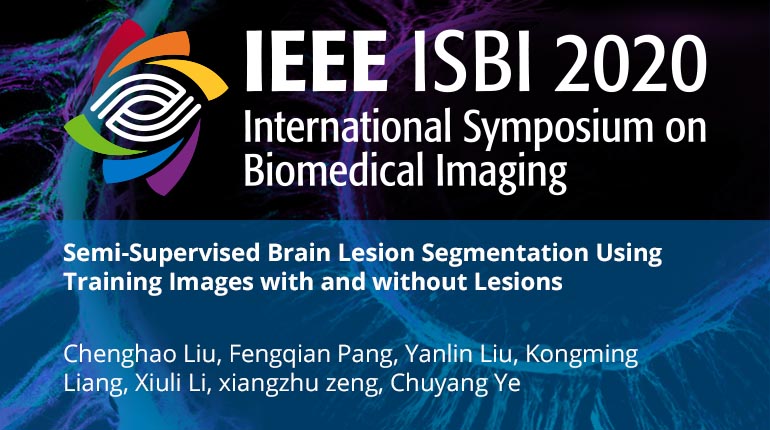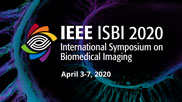Collection:

Semi-supervised approaches have been developed to improve brain lesion segmentation based on convolutional neural networks (CNNs) when annotated data is scarce. Existing methods have exploited unannotated images with lesions to improve the training of CNNs. In this work, we explore semi-supervised brain lesion segmentation by further incorporating images without lesions. Specifically, using information learned from annotated and unannotated scans with lesions, we propose a framework to generate synthesized lesions and their annotations simultaneously. Then, we attach them to normal-appearing scans using a statistical model to produce synthesized training samples, which are used together with true annotations to train CNNs for segmentation. Experimental results show that our method outperforms competing semi-supervised brain lesion segmentation approaches.
- IEEE MemberUS $11.00
- Society MemberUS $0.00
- IEEE Student MemberUS $11.00
- Non-IEEE MemberUS $15.00
Videos in this product
Semi-Supervised Brain Lesion Segmentation Using Training Images with and without Lesions
Semi-supervised approaches have been developed to improve brain lesion segmentation based on convolutional neural networks (CNNs) when annotated data is scarce. Existing methods have exploited unannotated images with lesions to improve the training of CNNs. In this work, we explore semi-supervised brain lesion segmentation by further incorporating images without lesions. Specifically, using information learned from annotated and unannotated scans with lesions, we propose a framework to generate synthesized lesions and their annotations simultaneously. Then, we attach them to normal-appearing scans using a statistical model to produce synthesized training samples, which are used together with true annotations to train CNNs for segmentation. Experimental results show that our method outperforms competing semi-supervised brain lesion segmentation approaches.
 Cart
Cart Create Account
Create Account Sign In
Sign In
